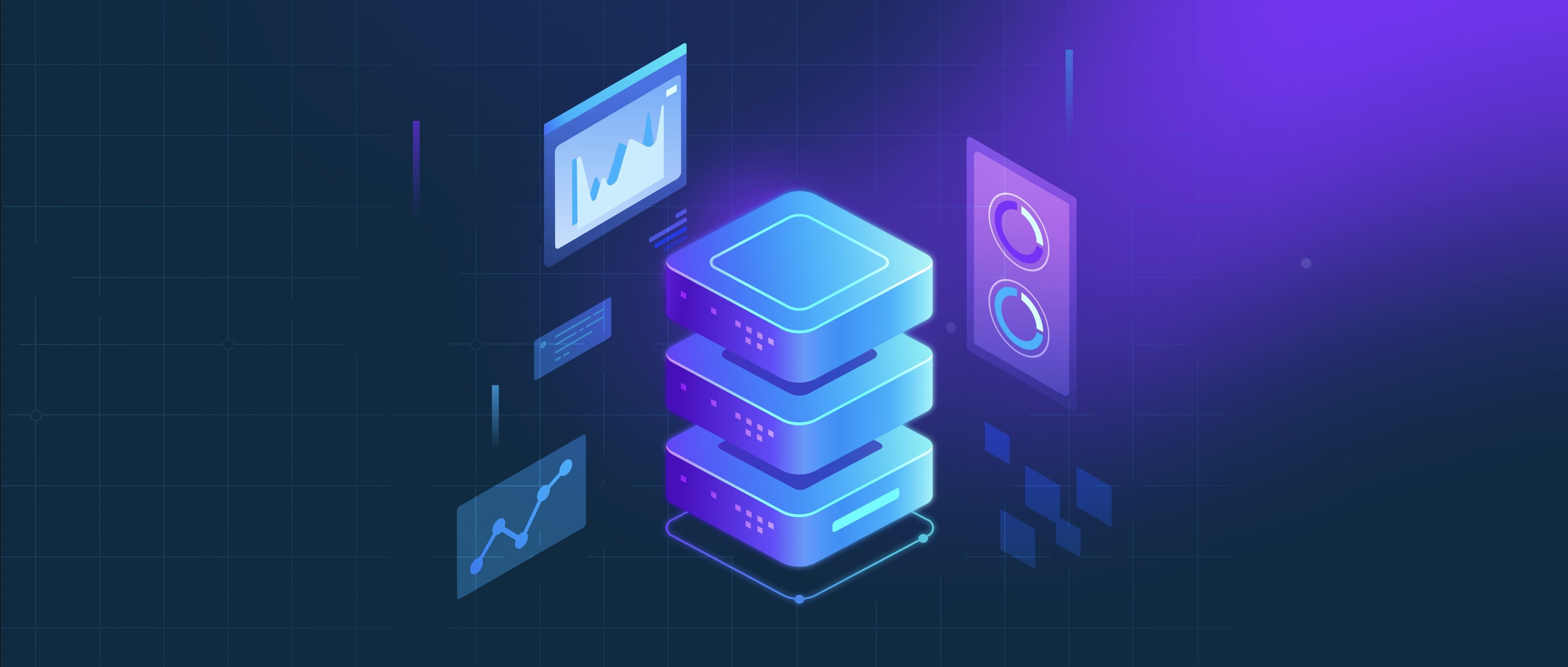The choice between large and small embedding models involves balancing performance, resource usage, and practical constraints. Large models, such as those with billions of parameters (e.g., BERT-Large or GPT-3), generally produce higher-quality embeddings because they capture nuanced semantic relationships in data. However, they require significant computational resources for training and inference, which increases costs and limits real-time applications. Small models (e.g., DistilBERT or TinyBERT) sacrifice some accuracy for efficiency, enabling faster processing and lower memory usage, making them better suited for environments with limited hardware or latency-sensitive tasks. The decision ultimately hinges on whether a project prioritizes accuracy or speed and cost-effectiveness.
One key tradeoff is the relationship between model size and task specificity. Large models excel in tasks requiring deep contextual understanding, like semantic search or question answering, where subtle differences in meaning matter. For example, a large embedding model might distinguish between "bank" as a financial institution versus a riverbank more effectively than a smaller one. However, their size makes them impractical for edge devices or applications needing instant results, such as mobile apps. Smaller models, while less precise, can still handle simpler tasks like basic text classification or clustering with acceptable performance. A developer building a real-time recommendation system for a mobile app might choose a small model to ensure responsiveness, even if it means slightly less accurate suggestions.
Another consideration is infrastructure and maintenance. Large models often require GPUs or specialized hardware for both training and inference, which raises operational costs. For instance, deploying a large model in a cloud environment might demand expensive instances with high memory, whereas a small model could run on standard CPUs. Additionally, updating or fine-tuning large models is resource-intensive, which can slow iteration cycles. Smaller models are easier to retrain or adapt to new data, making them preferable for projects with evolving requirements. A startup with limited cloud budget might opt for a compact model to minimize costs, while a well-funded enterprise handling complex NLP tasks could justify the investment in larger models. The tradeoffs here aren’t just technical—they also reflect business priorities and long-term scalability needs.
